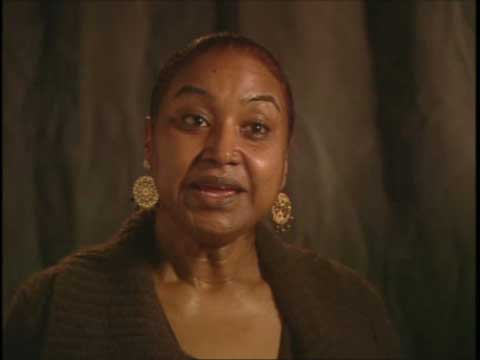When disaster strikes overseas, the generosity of the American people can be inspiring.
People are quick to respond to help those in need. But many times, even the best intentions do not have desired impacts.
Many Americans respond by sending what we have or what we think we would want in a similar situation – things like water, canned food, toys or clothing. But did you know monetary donations actually help the most? The most effective and least expensive way to help people affected by emergencies overseas is through monetary donations to established relief organizations. Unsolicited in-kind donations, though satisfying to give, often disrupt relief operations by taking up space and diverting relief worker’s time and attention. Not to mention, unsolicited household items are expensive to ship and are often times culturally inappropriate for disaster survivors. It is simple: save lives, save money – send cash.
The seasoned relief workers below share stories from their years of working on the ground in disaster areas. Click the thumbnails below to hear first-hand about why in-kind donations can actually be more harmful than helpful.
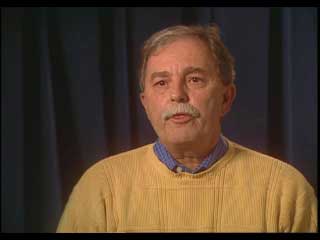
Dewey
Urban Search-and-Rescue
If you look at the early days of any disaster, there is always chaos. We try to bring some kind of organization to that chaos.
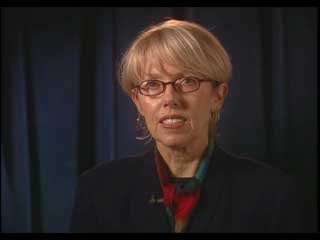
Lynne Marie
Humanitarian Coordinator
In order to be most effective, the organizations need to go in quickly – sometimes with less than 24 hours notice – and it’s not always known what’s needed before they get in there.
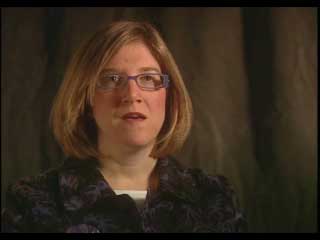
Stephanie
Program Manager
You get a much higher cost benefit from cash than you would from donated supplies.

Jane
Disaster Operation Specialist
Cash is the best you can give because the NGO or the private organization you are giving it to can use it to buy what is most culturally appropriate.

Carol
Deputy Director
In the tsunami, people were actually repairing the boats, and they were buying local tools to repair their boats.
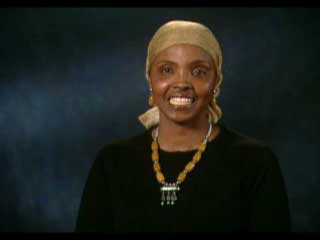
Barlin
CIDI Program Coordinator
Ethnic groups, religious groups, universities, embassies – they can help a lot because the community groups are the ones who know the culture very well. It’s their home.
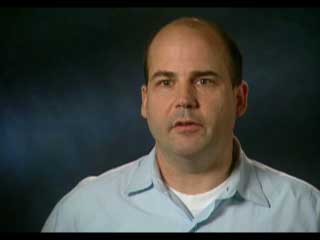
Todd
Team Leader
The biggest problem isn’t necessarily getting it there – the biggest challenge is getting it from the airport to the needed areas.


